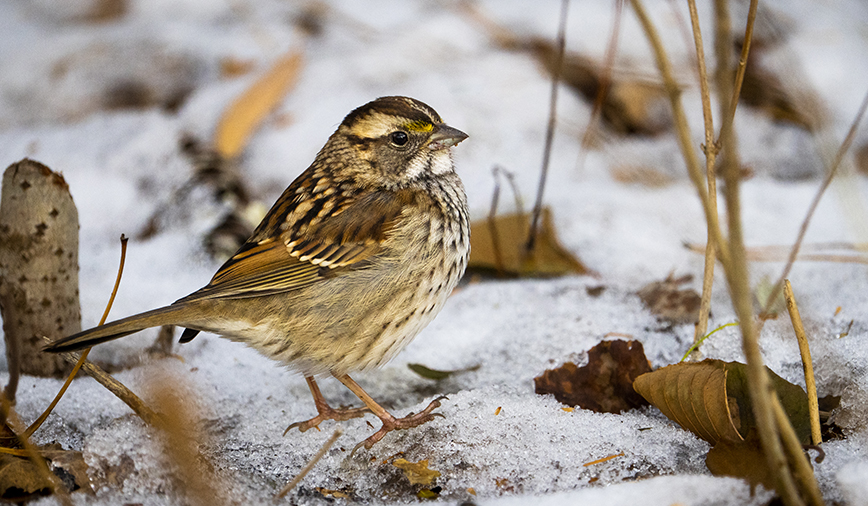The white-throated sparrow, besides its namesake throat patch, can be identified by its striped head and yellow between the eyes and bill. Its distinctive song, “Poor Sam Peabody, Peabody, Peabody” can be heard in our area throughout the winter months. November 7, 2014 White-throated Sparrow Poor Sam Peabody. Peabody, Peabody. Now, I’ve never met this
Cedar Waxwings
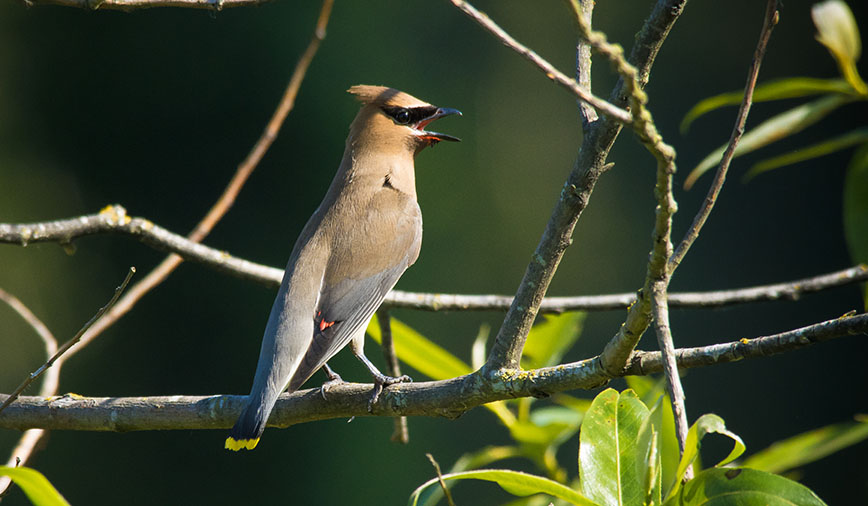
September 25, 2014 Cedar Waxwings A young cedar waxwing waits for its next insect meal to be delivered. Juvenile waxwings can be distinguished from adults by their streaky breast, underdeveloped crest and a lack of red wax deposits on the wings. Photo courtesy of Steve Muenz of St. Charles. Whether we realize it or not,
Bird, Cedar Waxwings, FlyAmerican Dipper
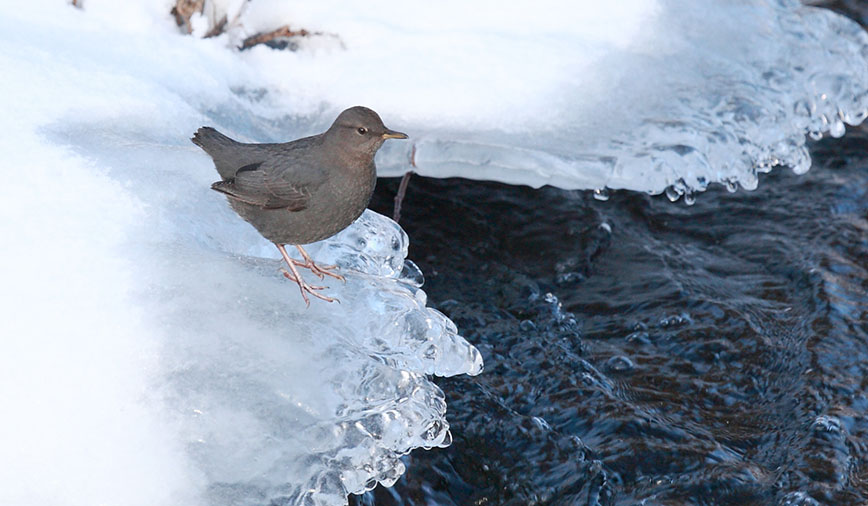
Gray and nondescript, the American dipper nonetheless delights birdwatchers with its nonstop antics. September 19, 2014 American Dipper I would wager that most folks have heard of the Big Dipper, the famous constellation. Shoot, even astro know-nothings like me can point it out in the night-time sky. I also believe people know about the Little
American Dipper, Bird, FlyBarn Swallows
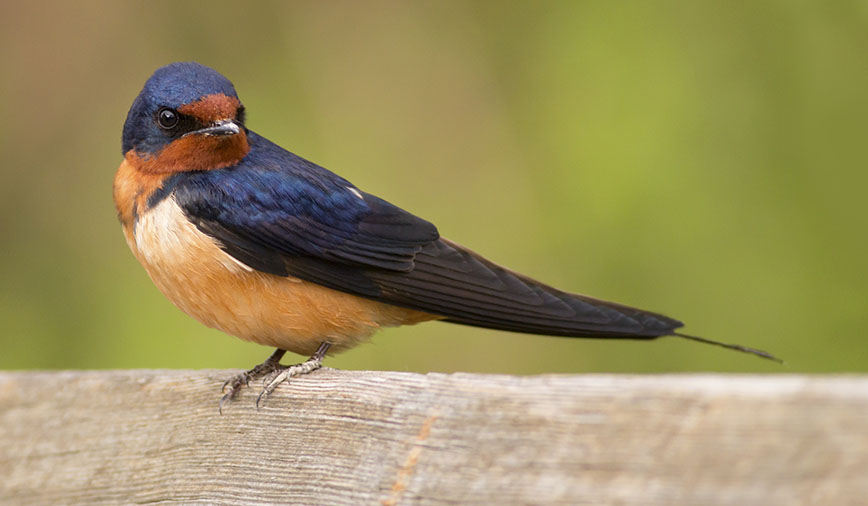
September 12, 2014 Barn Swallows A barn swallow rests on a lichen-covered branch. Barn swallows typically make their homes near humans, a trait that has helped them become the most prolific swallow species on the planet. Photo provided by Kane County Audubon president Bob Andrini. The neighbor’s kids were out the other day, chattering excitedly
Barn Swallow, Bird, FlyGoldfinch
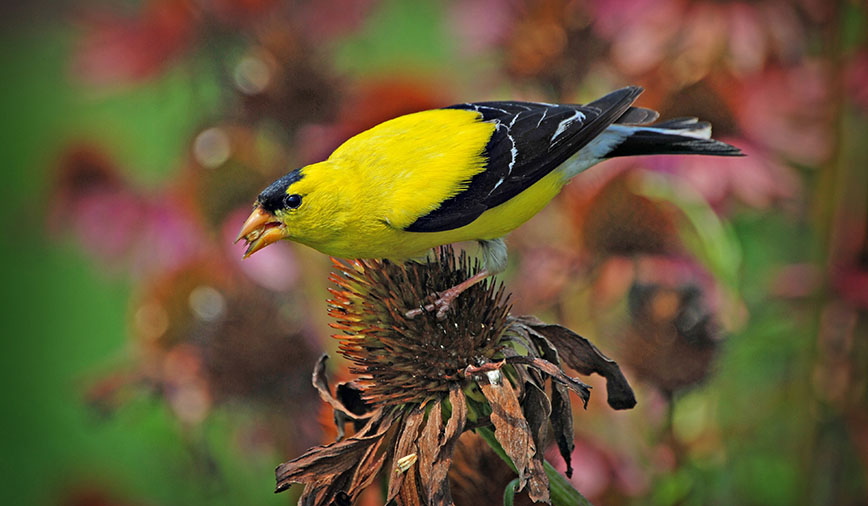
While her mate defends their territory, a female American goldfinch collects seed from purple coneflower. Although most songbirds in our area feed heavily on insects during the breeding season, goldfinches maintain their seed-eating ways year round. August 8, 2014 Goldfinch Did you hear what I heard? Every morning for the past week or so, as
Bird, Fly, GoldfinchFermilab
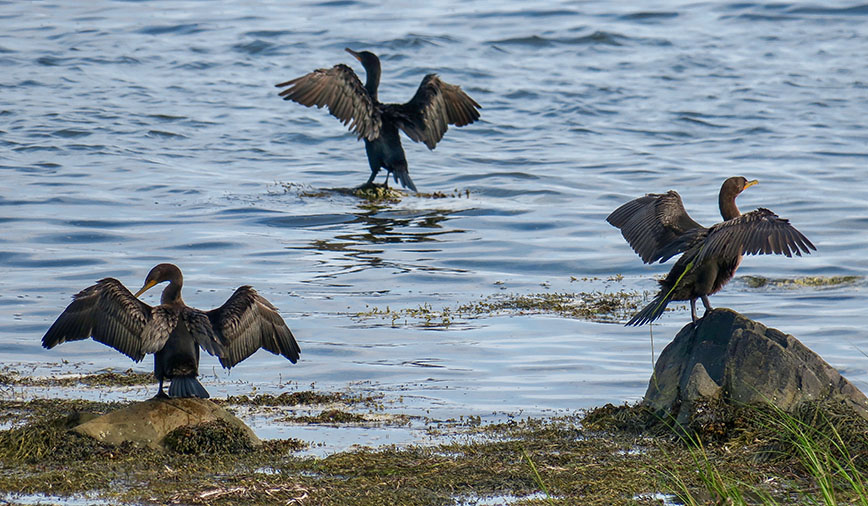
They’re creepy and kooky, and more than a little controversial. But beautiful nonetheless. Double-crested cormorants, resplendent in breeding plumage (note the double crests, one on each side of the head) take advantage of the sun’s rays to dry off and warm up at Fermilab in Batavia. Photo provided by Steve Myers, North Aurora. August 1,
Bird, Cormorants, Fermilab, FlyCormorants
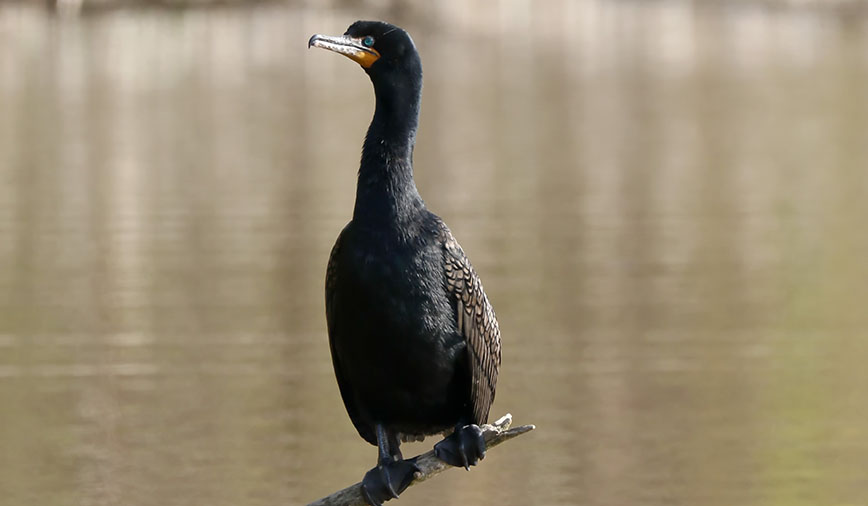
A little creepy and a little kooky, double-crested cormorants are an increasingly common sight along the Fox River as well as assorted local ponds. July 25, 2014 Cormorants “They’re creepy and they’re kooky, Mysterious and spooky, They’re altogether ooky…” Right about now, you’re probably fighting the urge to snap your fingers, hum along, and fill
Bird, Cormorants, FlyPhoebe
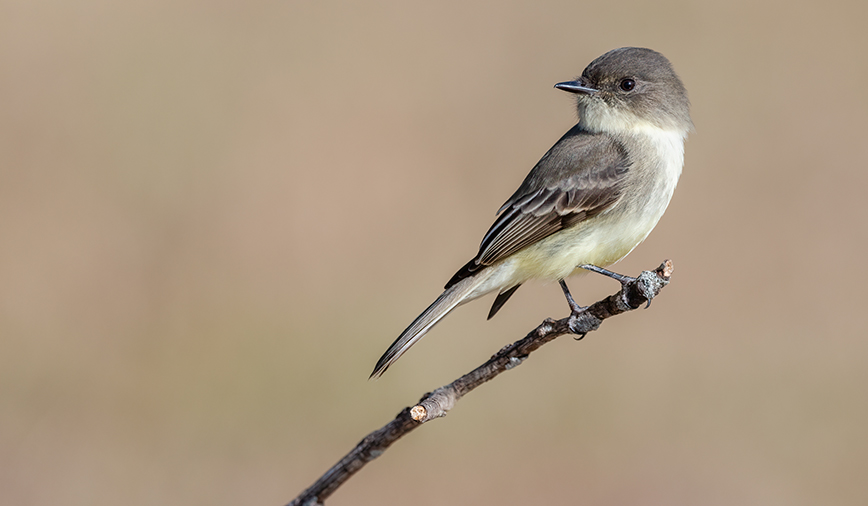
April 18, 2014 Phoebe Throughout these many months of cold we have endured, I’ve tried to help my winter-weary friends stay positive. After every new dump of snow I’d point out, in what I hoped was a sunshiny voice, “Hey, at least there are no mosquitoes.” When another blast of arctic chill would blow in
Bird, Fly, PhoebeCanada Geese
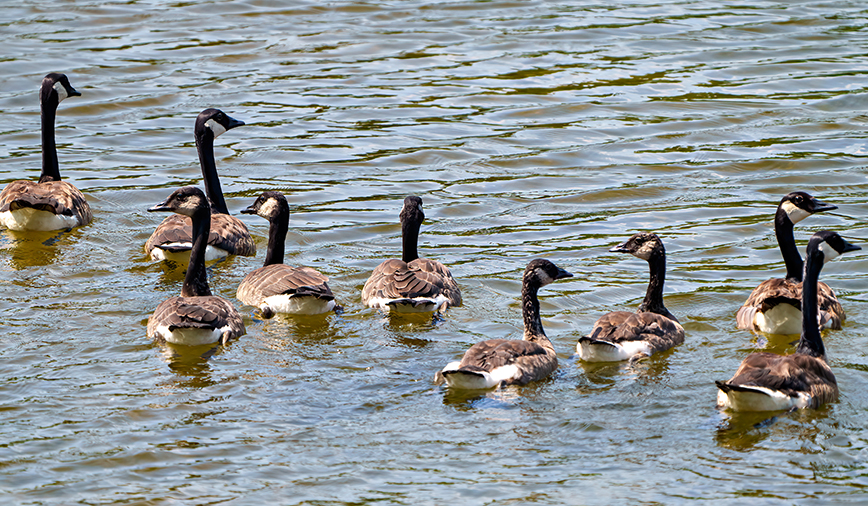
March 28, 4014 Canada Geese Remember when Canada geese were a fly-by-night group? Back then, before our resident goose populations took hold, it was big news when these large, majestic birds blew into town. Flying in V-formation, honking and squawking, they’d land by the hundreds on rivers and ponds. People, myself included, would go out
Bird, Fly, GeesePassenger Pigeon-Lyme Disease
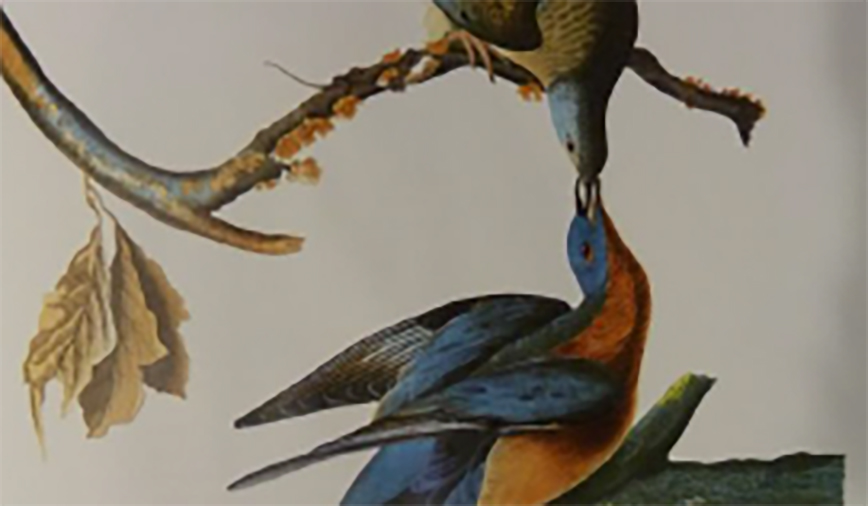
“When we try to pick out anything by itself we find that it is bound fast, by a thousand invisible cords that cannot be broken, to everything in the universe.” This John Muir quote—one that is in fact often misquoted—has been both a blessing and a curse for all naturalists who have come along since
Bird, Fly, Passenger Pigeon
